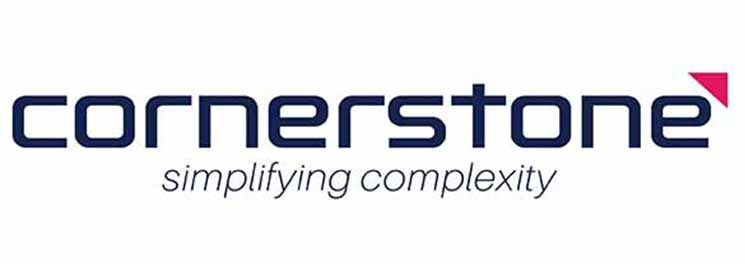Turbulent times caused by recent global events as well as trade fall-out have caused major impacts across the globe. The effects have been rising loan defaults, reduced liquidity and higher rates of doubtful debts among many other impacts.
Priorities have often turned to maximising cash flows, cash management and optimisation of financing resources with more frequent cash forecasts. No-one could have predicted the scale of the event, but it has highlighted the need to be able to flex your forecast for a longer period than the typical 12-month budget focus allows. The longer period allows organisations to make decisions and manage risks effectively in an ever-changing and complex world.
Cash flow forecasting is just one integral part of the overall planning and control cycle within an organisation. Leading players often utilising a standardised and systems enabled rolling forecast process with organisational responsibility for performance management embedded into the organisation.
Rolling forecasts can yield huge benefits:
- Recognises a consistent and foreseeable planning horizon that does not hit the 12-month budget wall with a loss of insight over many months.
- Results in an earlier view of risks and opportunities for management to make more informed and better strategic and operational decisions.
- Reduces the reliance on the annual budget process and smoothes out the workload.
- Focus can be better placed on those drivers that are material, volatile and/or complex e.g. volatile demand volumes and commodity prices, seasonal variations, products with flexible discount or incentive models and variable labour and indirect costs.
- Increased accuracy through a greater focus on the forecast horizon.
Moving to a rolling forecast is a journey and there are many potential pitfalls along the road. Finance can take a number of steps to improve the chances that their move to a rolling forecast is successfully embedded in their organisation:
Prioritise the forecast variables that impact your organisation: Rolling forecasts require continual updates but that does not necessarily mean that they are high level only. Modern technology, data integration and assumption-based automation mean the appropriate level for your organisation should be the target. An understanding of the forecast variables and their volatility and impact of change on profitability and cashflow will drive the frequency of the forecast updates. A driver-based performance management approach often makes the rolling forecast process easier to implement and more reliable.
Concentrate on your organisation’s usage of the rolling forecast: Collaborate early on how the output can be used to highlight operational risks and opportunities (variance range highlighting, integrating scenario modelling etc.) and help to make business decisions as this will ensure senior buy-in and also ensure the focus remains clearly on the outcomes.
Implement at the right time for your organisation: Do not attempt to roll out a rolling forecast process when in a significant period of Organisational Change. Implementing a new General Ledger or CRM system or major changes to employee incentivisation schemes will often involve too much impact on the business functions and Finance, leading to a poorly thought out design which will then require major iterative updates as the new source systems or impacted processes are deployed.
Understand the forecasting processes that will be impacted and ensure change management is fully factored into the project. Moving to a rolling forecast does not just impact finance but many facets of the organisation in terms of their processes and procedures. You should start with an in-depth review of the current processes and operating procedures to understand how improvements can be made (often these processes have been built up over time and are understandably sub-optimal). Simplifying and optimising the forecast processes will also ensure the buy-in from the wider organisation. It does not stop there though, and leading companies often apply a continuous improvement philosophy to ensure they are refining their rolling forecast process as the organisation, products, services, and technology enablement evolve.
Now, more than ever, organisations require access to the data that can help them optimise performance as well as manage risks and opportunities. Focusing on what matters over an extended horizon allows the business to be far more agile and adapt to a changing environment when designed with the business outcome in mind.
Follow us on LinkedIn to stay up to date.




